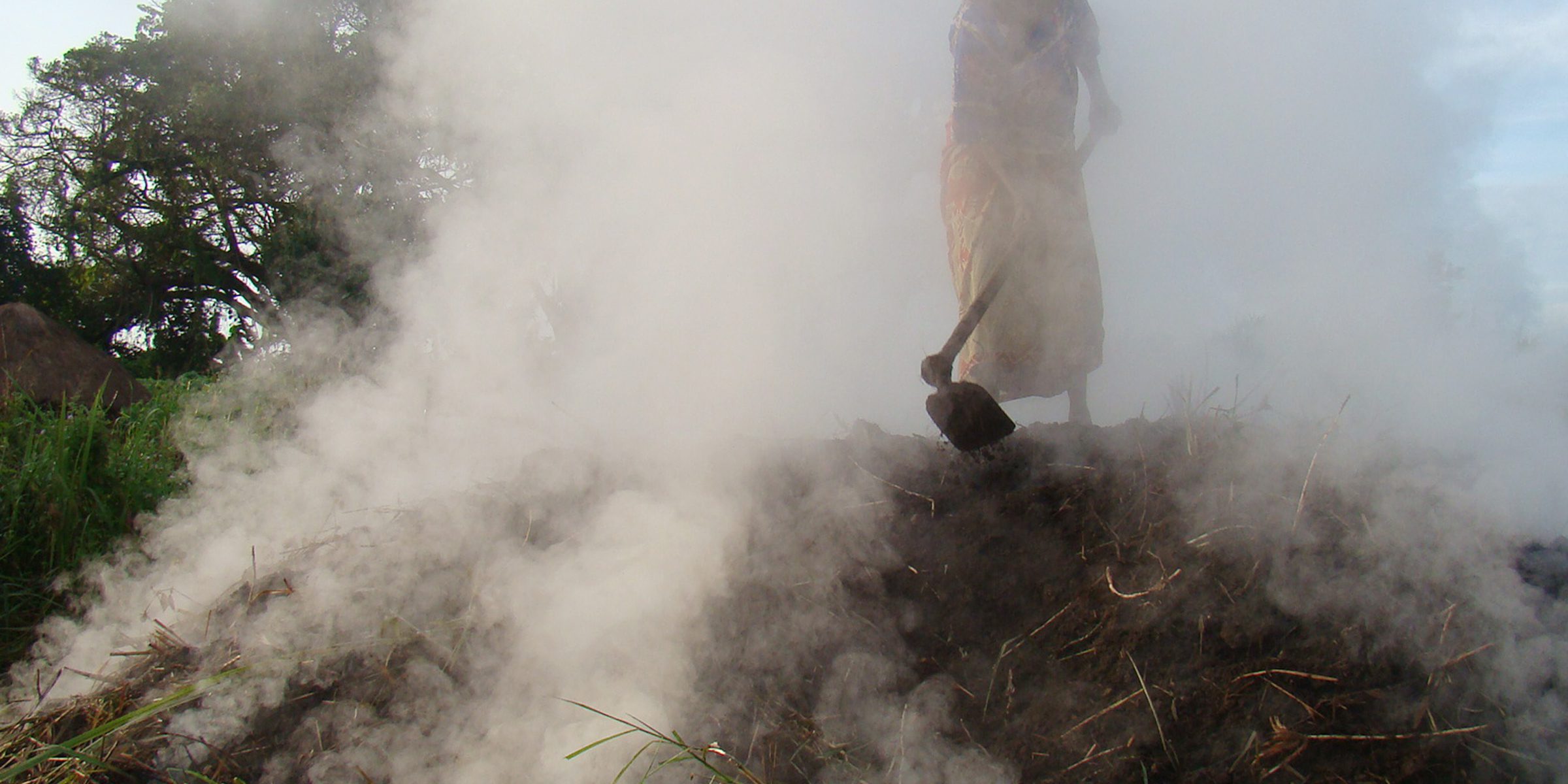Energy
How to address the energy needs in humanitarian contexts without compromising human health and the environment

How to address the energy needs in humanitarian contexts without compromising human health and the environment
Finding substantial reserves of oil and natural gas offers significant opportunities for the social, economic and political development of any country. However, oil & gas exploitation can also pose significant risks, from major accidents as well as from routine operations that cause serious environmental damage. Without adequate safeguards…
Energypedia is a wiki platform for collaborative knowledge exchange on renewable energy, energy access, and energy efficiency topics in developing countries. The wiki platform is working towards removing the knowledge barriers and expanding the diffusion of information addressing the topics renewable energy, energy efficiency and sustainable energy access for all.
The Moving Energy Initiative is an initiative which seeks to integrate clean energy in displacement settings with the help of original research. The Initiative provides reports and tool kits which details the costs, risks and benefits of various energy systems when organizing cooking, power and future sustainability in refugee camps.
Chatham House report on the assessment of energy use by humanitarian organizations and aid operations.
The work of the UN's Food and Agriculture organization in partnership with SAFE to provide clean energy in refugee settings.
Chatham House Report for the Moving Energy Initiative.
Access to reliable energy is a pre-requisite to enable growth and progress for any individual, community or nation. This report, co-authored by Boston Consulting Group, highlights the immediate need to address the widening energy access gap impacting vulnerable populations in Sub-Saharan Africa.
This paper explores the increase in resources and funding needed to improve the access of displaced people to modern and sustainable energy services.
This report issued by the Moving Energy Initiative (ME) provides information on aid agencies and the risk of undermining market systems if they do not consider established markets in their planning. In worst-case scenarios, inadequate planning can weaken a population's access to basic goods, services and income-generating opportunities.
This paper highlights a number of options for managing electricity infrastructure in refugee camps. It outlines the challenges, opportunities and operational implications associated with them using the Kalobeyei settlement in Kenya as a case study.
This toolkit published by the Moving Energy Initiative is a practical guide for humanitarian agencies that want to make energy cost savings and reduce their carbon and emissions footprint. It is part of a series of published outputs examining how energy is used in humanitarian settings. It is designed to…
This report introduces the PREC as a new mechanism for financing renewable energy in conflict- and crisis-affected countries. The report assesses the market feasibility of PRECs through the lens of existing renewable energy markets. It includes a summary of renewable energy markets, drivers of demand, and the impact of voluntary…
The Moving Energy Initiative (MEI) provided by the Chathamhouse offers guidance on energy in humanitarian operations. This toolkit provides practical guide for humanitarian agencies that want to make energy cost savings and reduce their carbon and emissions footprint.
The Safe Access to Fuel and Energy leaflet (SAFE) created by the FAO is an initiative that aims at strengthening resilience of crisis-affected populations. FAO is collaborating with partners through the SAFE initiative to address energy needs during emergencies and protracted crises, and to build resilient livelihoods in a sustainable…
The FAO guidance note presents the experiences and lessons learned which aims to support humanitarian actors in the field addressing energy access as part of food and nutrition security interventions in situations of protracted crisis.
The report of the Safe Access to Fuel and Energy (SAFE) presents an overview of FAO's work on the initiative and the steps needed to scale up the approach in order to build resilience through the SAFE framework.
This brief UN Environment note provides an overview of key environmental considerations for early recovery actors, including a short cluster-specific checklist.
Sudan Crisis…
Key facts on the links between food security and the environment by FAO.
Builds on experiences with the implementation of Safe Access to Fuel and Energy (SAFE) and SAFE-related projects to guide the Cluster Coordination team and partners on how to integrate energy in all phases of the Humanitarian Programme Cycle. Steps are outlined for each of the HPC.
This project aims to develop agroforestry models for tree products to meet the growing energy, construction and food needs of Ugandan refugees and locals.
This safety requirements publications by IAEA aims to strengthen preparedness and response for nuclear or radiological emergencies.
A UNHCR publication covering topics such as the impacts of climate change on displacement, climate change, armed conflict as well as the role and challenges of the work of UNHCR.